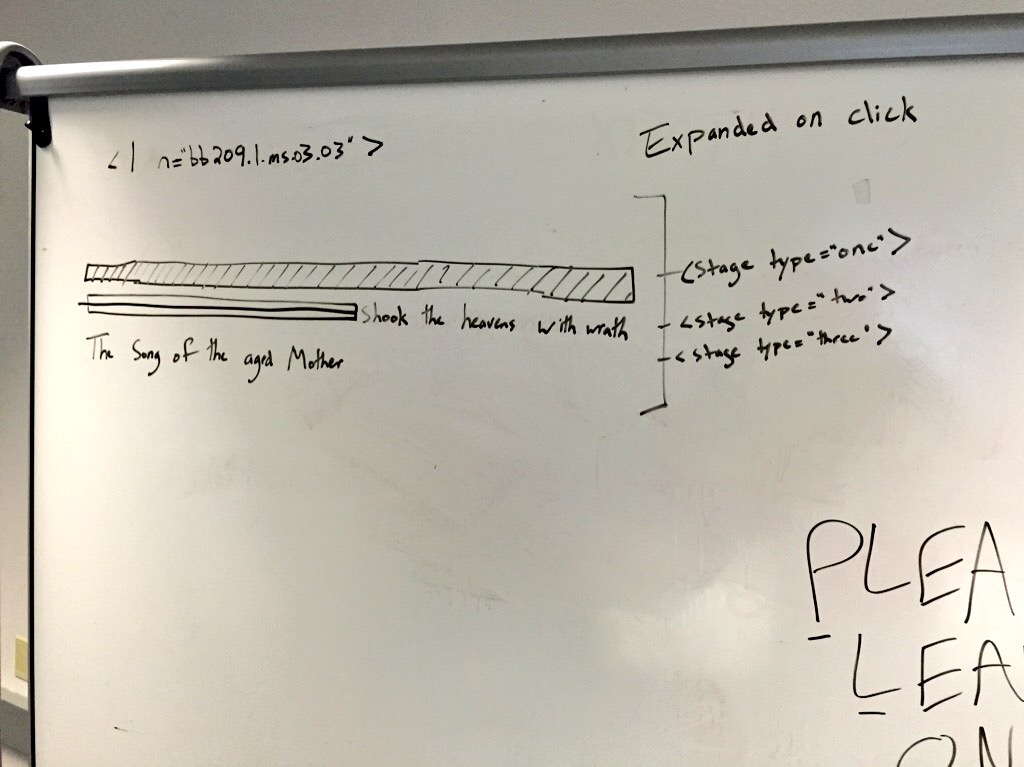We’ve blogged quite a bit about our recent work creating an experimental edition of The Four Zoas. That sort of work has been on the encoding/display end of things. And while that work is ongoing, I’ve since become occupied with digital imaging and the potential editorial/archival uses for digital software, like Adobe Photoshop.
When I first sat down to a computer with some of these questions in mind, it took about five minutes to realize I needed full, lossless, high-resolution files to see anything in meaningful detail. I was able to work out a few techniques for recovering faded text (which I will blog about in the future), but some immediate questions our Rochester group had involved compressed files vs. high-resolution. So, dear reader, if you’ll permit me, today I’m going to respond to the group in blog form with some quick explanations and comparative screenshots.
Continue reading

